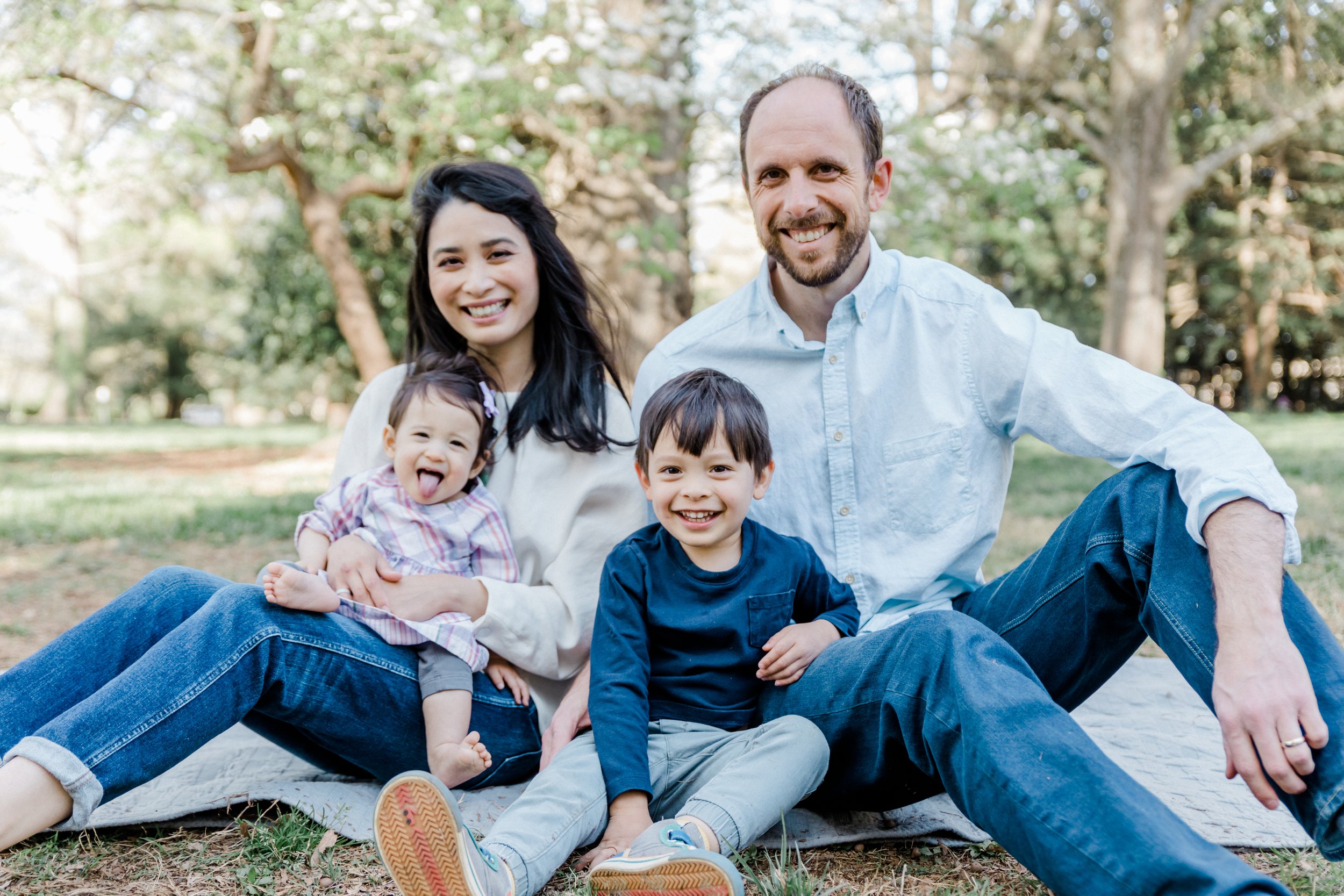Hi.
We’re the Roettings. We’ve been married for 11 years, and at the center of our universe is a spunky 4-year-old boy named Lincoln and a sweet 1-year-old girl named Rosie. We are just an ordinary family. But we live under extraordinary circumstances, resolute with the universal parental purpose - to give our child life. Rosie’s story, like many others, began with hope.
Our story began with hope
After years of fertility treatments, miscarriages and medical complications with pregnancy, we assumed our struggles were over after she was born. She had 10 fingers and 10 toes, so all was right in our little world. Yet things changed rapidly in a matter of weeks as she began to profusely vomit, unable to get milk into her stomach. Her weight stagnated and soon the alarm bells were ringing.
We embarked on a long and grueling diagnostic journey. Feeding therapists, pediatricians, multiple pediatric GI specialists and nutritionists were all perplexed and unsure of what was causing all her feeding issues. It became clear that Rosie’s energy level was dropping; she was unable to lift her head and do the typical infant routines like ‘tummy time.’ It was terrifying to watch her struggle to get enough nutrition to even survive. For eight months Rosie was in and out of hospitals undergoing tests, procedures and surgeries, including the placement of a feeding tube. It was almost unbearable to witness our baby’s pain, the most unnatural of human experiences.
But those battles eventually led us to answers. Rosie had a GI condition called achalasia. That’s why she couldn’t get milk into her stomach. But babies don’t get this condition. It was generally only seen in adults and even that was rare. What was causing this? We headed to genetics to hunt for a needle in a haystack. Other pieces of the puzzle developed as well. Rosie never cried tears, her eyes were extremely sensitive to light, her muscle strength was very low, and she continued to miss developmental milestones month after month. There were numerous neurological concerns. We existed in a perpetual state of anguish. Months dragged on as we waited for the results from whole exome sequencing, the equivalent of a widely cast genetic net to catch any abnormalities in the protein coding portions belonging to Rosie. With this testing we finally got an answer to what exactly was causing all of her ailments.
We were devastated. It was GMPPA, and one of our darkest days.
A cure begins with hope too
Our mission
bloom for a cure’s mission is to find a cure for GMPPA-CDG through targeted gene therapy development and research.
Our plan for a cure
The road to a cure includes the design, study and manufacture of a gene therapy specific for GMPPA.
The price of the cure
The brilliant researchers we've teamed with tell us that the science and technology are here today, a cure IS POSSIBLE. But that cure comes at a price. Saving our daughter’s life and the lives of all children with GMPPA will take $4 million dollars and someone to lead the way.
Meet the team
-

Diana Roetting
Co-founder & Director
-

Greg Roetting
Co-founder & Financial advisor
-

Dr. Eva Morava-Kozicz, MD, PhD
Medical advisor
-

Dr. Neil Hackett, PhD
Research director
-

Trisha Smith
Marketing advisor
-

Andrea Miller, JD, MHA
Legal advisor & CDG CARE president

